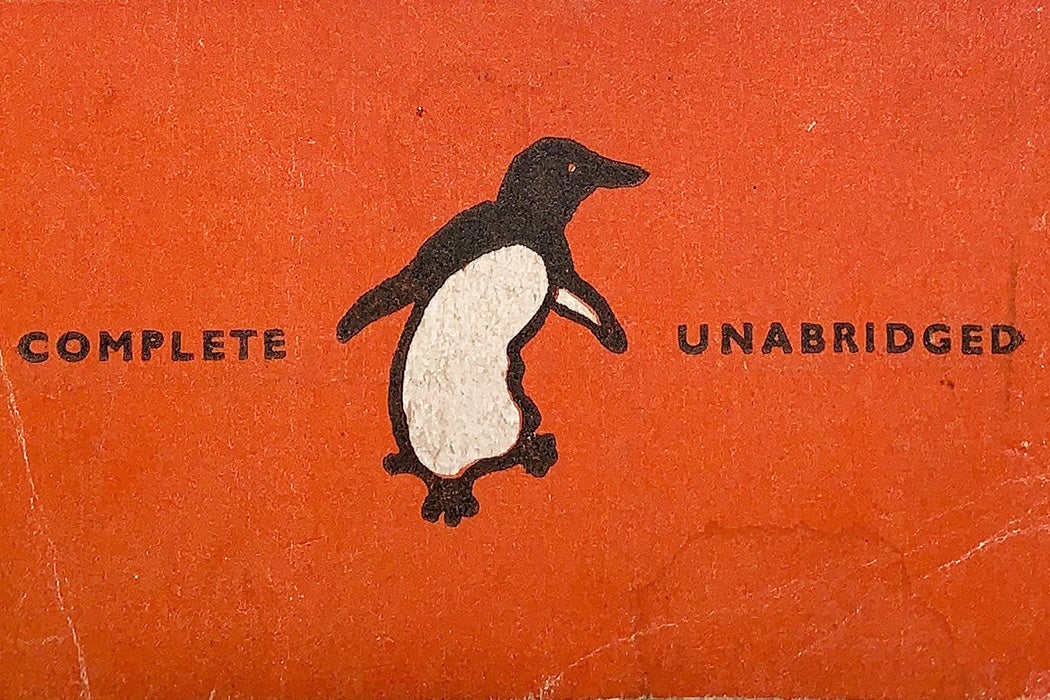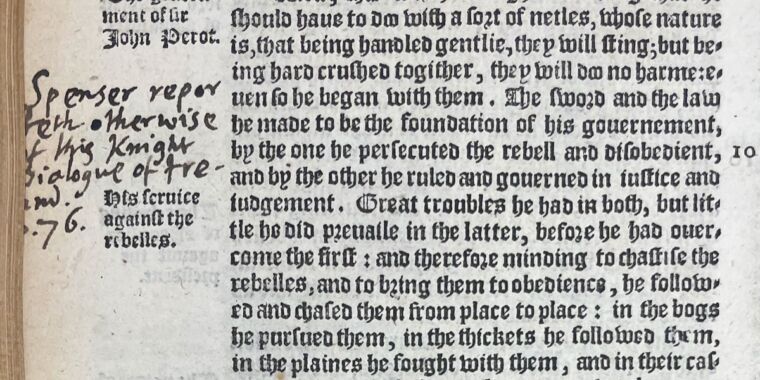
But Why a Penguin?
At six pence, or one-fortieth of a pound each, the first ten Penguin Books were priced to move. And move they did: within six months of the introduction of Penguins to the market in 1935, the paperback company was boasting that three million copies had been sold. Unconventionally available in variety, chain stores, and newsagents as well as the more traditional bookshops, Penguins weren’t just another variation on cheap books.
Historian Richard Hornsey writes that Penguin publisher Allen Lane had an avowedly “leftist vision of social-democratic progress.” Lane aimed for a democratizing public sphere with an “engaged public readership,” though one perhaps not as left-left as the contemporary Left Book Club (1936–1948). What Lane used to reach these ends was pure capitalism: “the techniques of mass production, distribution, and retail.”
“Choosing a brand character, and specifically a penguin, allowed [Lane] to appropriate the utopian dynamic of mass consumption and mold it to fit his own progressive cultural project,” writes Hornsey.

/cdn.vox-cdn.com/uploads/chorus_asset/file/23935560/acastro_STK103__03.jpg)









